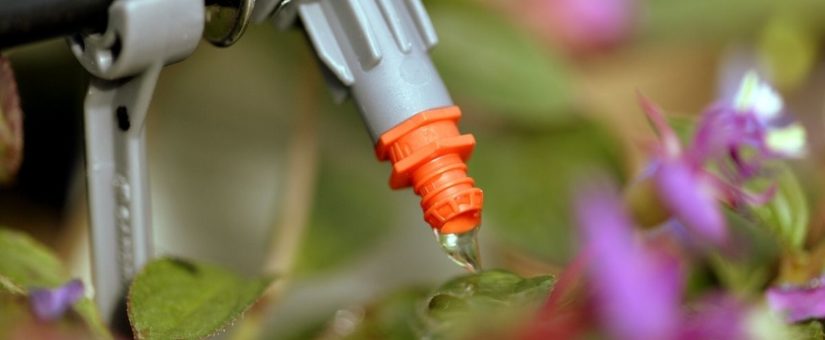
A Step-by-Step Guide to Clean and Maintain your Drip Irrigation System
A drip system brings convenience to cultivators and a consistent supply of fresh water to their plants. However, in order for crops to reach their maximum potential, it’s crucial for growers to regularly inspect their drip system to ensure everything is functioning smoothly. With a little maintenance, cultivators can prevent their drip irrigation systems from filling up with unwanted material and breaking.
Are you considering a drip system for your garden or have one recently installed? Below are four tips to help you with the inspection and maintenance of your system throughout the grow season and post-harvest:
1. Perform a Visual and Manual Assessment

A visual inspection of your drip system will go a long way to protect your investment. Keep an eye open for anything that seems out of place or appears worn. Alternatively, run your hand along the pipeline to feel for cracks or leaks. It also pays to check the planting area for wet spots, which might indicate a faulty tube or emitter. Next, turn on your drip irrigation system and watch for clogged or damaged emitters, kinked tubing, and missing parts. Finally, confirm the water pressure is operating in the correct range of 20 to 50 psi.
2. Closely Inspect Emitters for Clogging
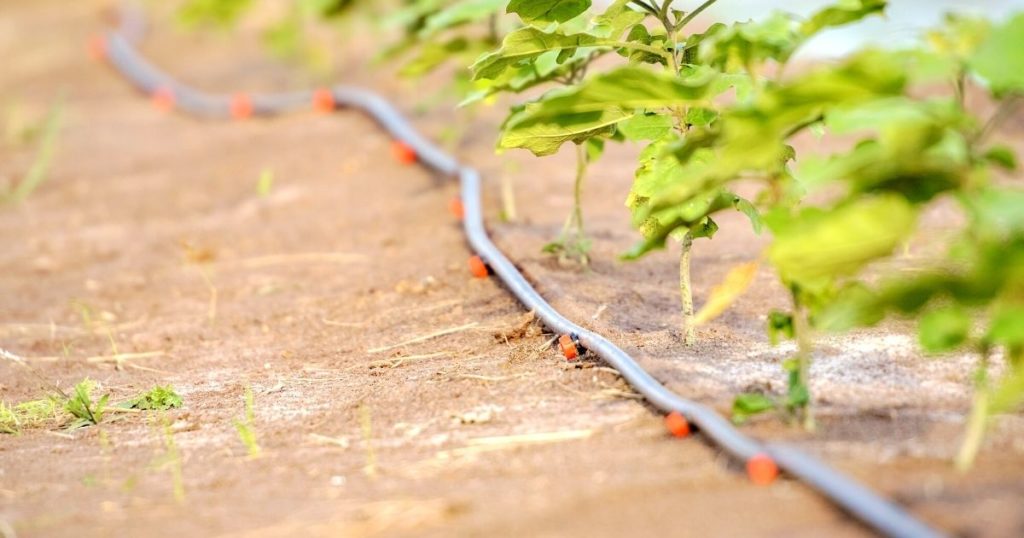
Emitter clogging is one of the most common irrigation system issues that can seriously degrade the system’s performance.
Since emitters are typically small, they can become obstructed by anything from sand and snails to water with high concentrations of calcium, magnesium, iron or manganese. Bacteria can easily live on iron and sulfur and develop into a mass of slime. Besides quickly filling emitters and filters, this sludge will bind other solids, eventually clogging the drip line and causing soluble iron and sulfur to precipitate out of the water.
A pH solution above 7.0 can also produce emitter clogging particles while chemical interactions between fertilizer and hard water can increase the occurrence of mineral precipitation.
Partially clogged emitters will keep dripping but they are more likely to scatter nutrients unevenly among the plants. Preventing any obstruction is vital to preserving your irrigation system and ensuring your plants get the quantity and quality of water they require.
3. Post-Harvest Drip Line Flush
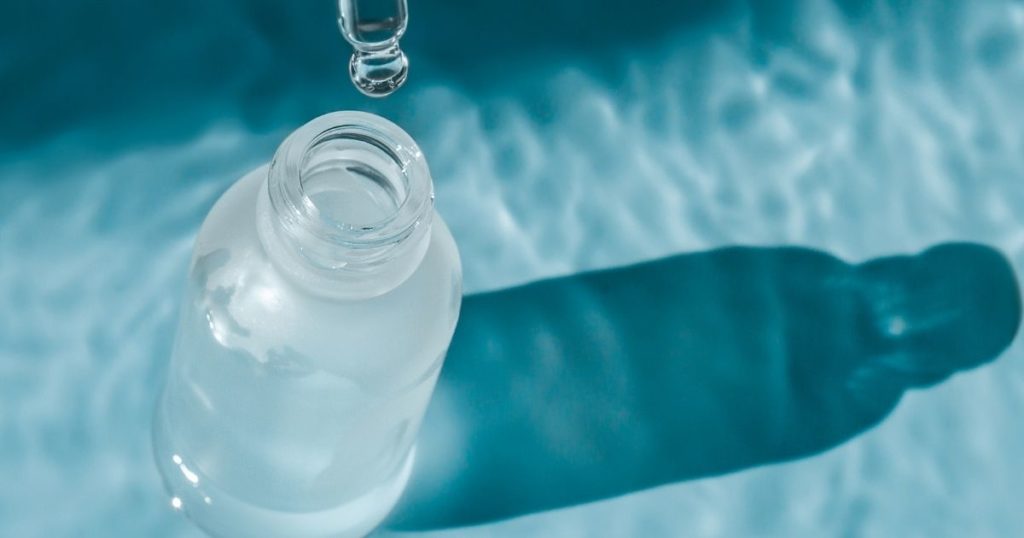
Flushing your drip lines for an hour post-harvest can help clear out unwanted material.
Many solutions used to control bacteria can cause unwanted materials to precipitate out of the water and others to either maintain solubility or stay dissolved in the water. Chlorine is a primary example of a chemical that wipes out microbial activity, decomposes organic materials, and oxidizes soluble minerals but causes them to precipitate out of the solution.
Most acid solutions can lower the water pH to either maintain solubility or to dissolve manganese, iron, and calcium precipitates that clog emitters or orifices. However, when dealing with acids to clean drip lines, sub-mains and laterals, it’s important to wear gloves and proper clothing. It’s also important that you add acid to your water, and not the other way around. After flushing your drip system with acid, flush it once again with only water.
4. The Non-Toxic Drip Cleaner for Complete Decontamination
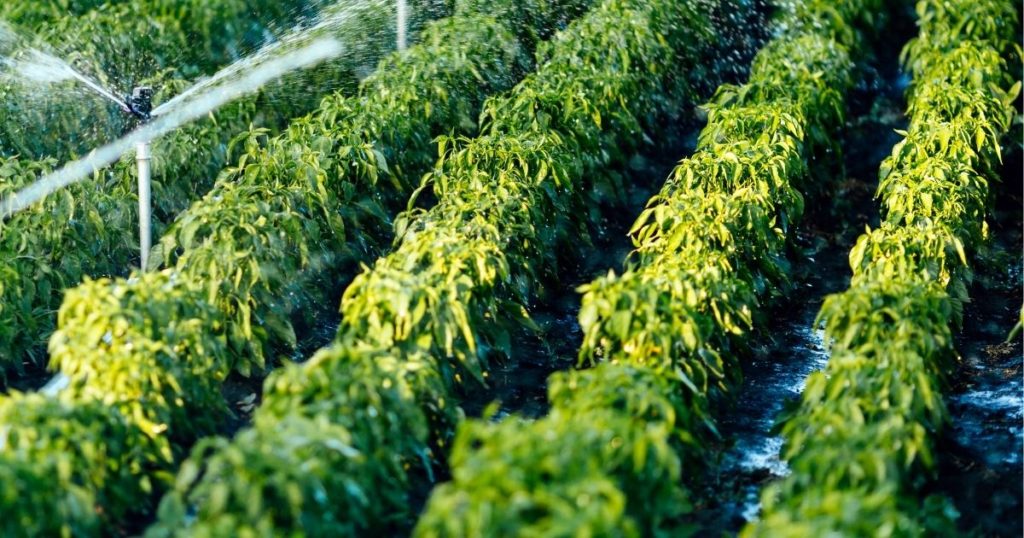
If you are looking into non-toxic, biodegradable, and environmentally friendly options to clean and maintain your drip irrigation system in optimal conditions, try a natural chelating agent like HYCLEAN.™
Useful while growing or as a deep cleaner in between grows, HYCLEAN™ scours the drip line and stonewalls salt, mineral, and fertilizer buildup.
Your drip irrigation system is fundamental to the quality of your crop unless you water your plants with a hose. While maintenance can take time, it’s important to realize that your drip system will require some care to function well for years to come.
Rather than eliminate precipitate buildup post-harvest and risk damage, keep your drip irrigation system clean and running more optimally throughout with HYCLEAN™.
- Hydroponic Gardening Tips and Tricks
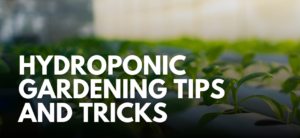
- HYGROBEN™ and the Direct Mechanisms of Bacillus Species
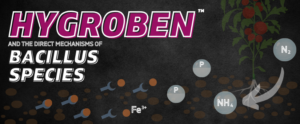 If you follow us on social media, you’ve probably seen or heard the buzz… Read more: HYGROBEN™ and the Direct Mechanisms of Bacillus Species
If you follow us on social media, you’ve probably seen or heard the buzz… Read more: HYGROBEN™ and the Direct Mechanisms of Bacillus Species - The Benefits of Using HYGROBEN™ and HYGROZYME® Together
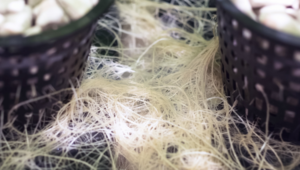 SIPCO Innovations, the manufacturer of HYGROZYME®, is excited to announce the launch of its brand-new… Read more: The Benefits of Using HYGROBEN™ and HYGROZYME® Together
SIPCO Innovations, the manufacturer of HYGROZYME®, is excited to announce the launch of its brand-new… Read more: The Benefits of Using HYGROBEN™ and HYGROZYME® Together
- On October 13, 2021


